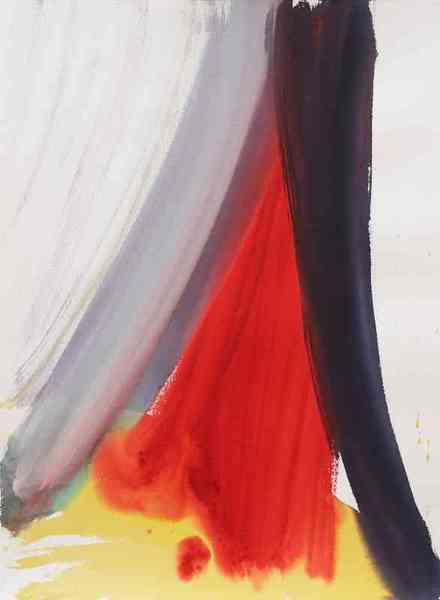How often is it that a medium undoes itself, recasting both its intrinsic value and use? We are so often reminded that we now inhabit a post-paper world; as personal notes, letters, and least missed, bills shed their physicality for digitization, this can be difficult to argue with. And yet there is an evident reappraisal of permanence that arises in the shift of so much content from one medium to another. Whether it is streaming one's photographs in lieu of creating an album, or skimming an ebook over a paperback, each seems to be a deliberate disavowal of past notions of stability and the value that we place upon it.
Is it ironic, oxymoronic, or a twist of Newtonian physics that in spite of the professed paperlessness we live in a time that celebrates the artisanal and boutique, the handmade and the personal? The intrinsic qualities of paper may allow letterpresses to flourish, but amid this connoisseurship, it is easy to lose track of the altered roles we now require of the medium. How does this support now function, pushed and prodded into the differing capacities newly demanded of it? At the core of our relationship to paper is its very utility, still employed as a means to transmit knowledge, no longer out of necessity, but as a choice.
“Paper Goods” provides a series of carefully assembled responses to these questions. All of the work that independent curator and critic Kara Rooney has compiled for this show uses paper to an end, both as subject and support, but also provides a foundation for inquiry into the heart of all craft. Now, as materiality assaults us as never before, each of the included artists supplies a response: is there significance to be found in such a celebration of production?
Image may be NSFW.
Clik here to view.
Elena Berriolo, "The Third Transcription from Lucio Fontana," page 8-9, thread, paper, pen and watercolor, 11.3 x 14 inches, 2012; Courtesy of the artist and Susan Eley Fine Art.
Viewing the assembled work, it becomes apparent that consciously or not, works on paper often carry lighter connotations; paper responds readily to the multiple, the edition, with the singular works rarely capturing the attention of other weightier mediums. Paper is not often considered a medium of completion, rather one where ideas are composed and variations are worked over. In an essay for the accompanying catalogue, Rooney evokes the inherent association of paper with the printed word; it is the millennia-old capacity to record that permeates the surface of paper and its constituent fibers, inviting the creative impulse.
Investigating this duality of creation and recreation, Elena Berriolo's artist books provide both a rendering and a reconception of other artist's works. The Third Transcription From Lucio Fontana (2012), one of a trilogy exploring his punctured output, exists in sympathy to Fontana's works, with the actions of its creation standing on equal footing with the original gestures, here refigured in sewn thread. In a similarly explorative register, the constrained, hard-edged Miró-like forms of Chuck Webster's large-scale mixed media Big One (2013) retain an iterative quality that stretches the confines of the paper, preserving every mark and smeared absence of what was, or was almost there.
Image may be NSFW.
Clik here to view.
Andrea Belag, "Untitled," watercolor on paper, 30 x 22 inches, 2012; Courtesy of the artist and Susan Eley Fine Art.
If we are to see the defiant endurance of paper as a rejoinder to our accelerating transiency, it is the work of Andrea Belag that provides one of the most intriguing interrogations of the medium’s aspirations. In two scales, Belag presents careful watercolor compositions that exploit the immediate permanence of both paper and pigment; large scale pieces that appear as fluid and complete gestures contend with carefully excised works that bear the traces of a larger unseen whole. The absences felt here are conscientious, in finish and conception, questioning a reckless abandonment of the fixed that requires, perhaps, too high a price.
(Image on top: Chuck Webster, Untitled, 2013 , mixed media on paper, 40 x 60 inches; Courtesy of the artist and Susan Eley Fine Art.)